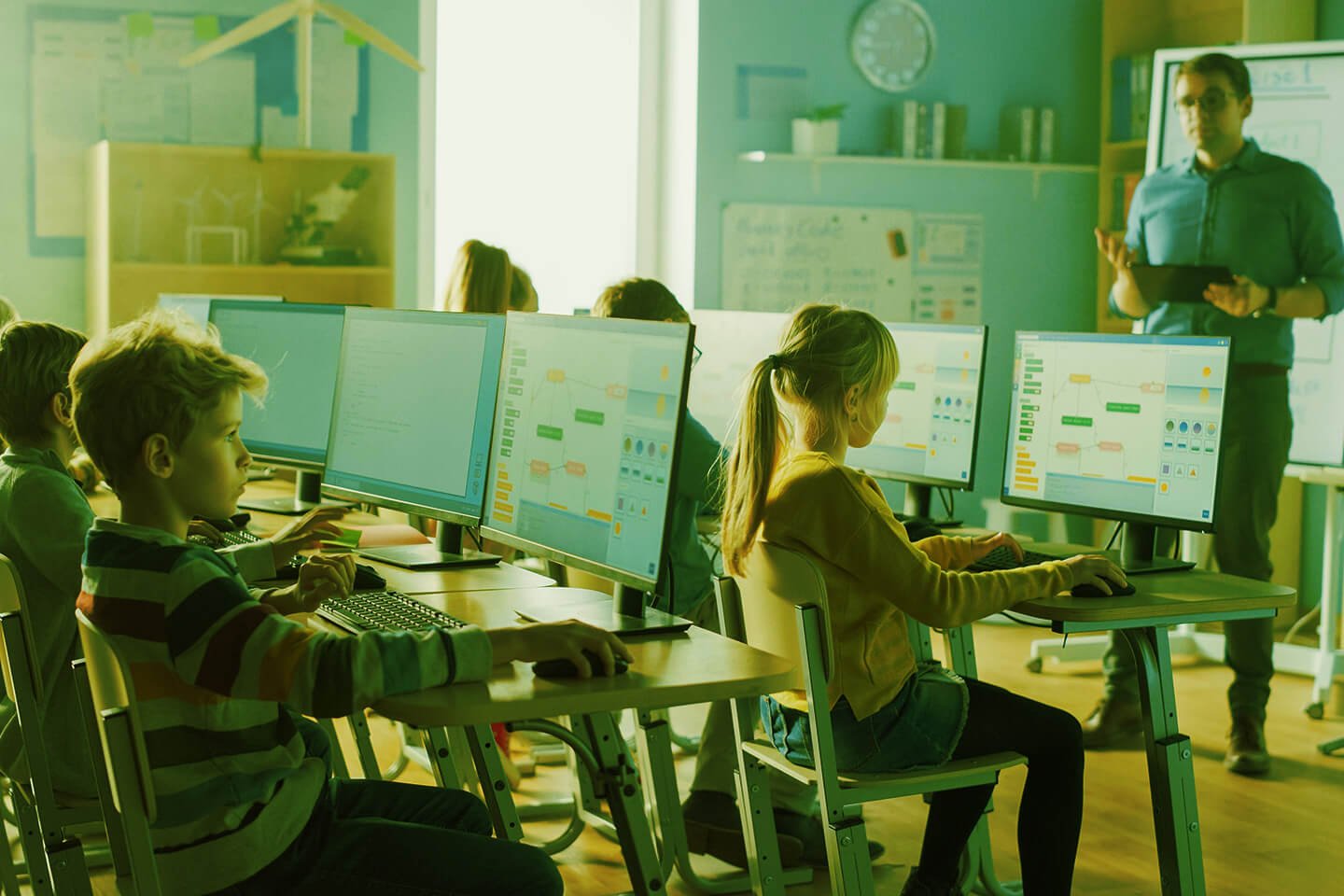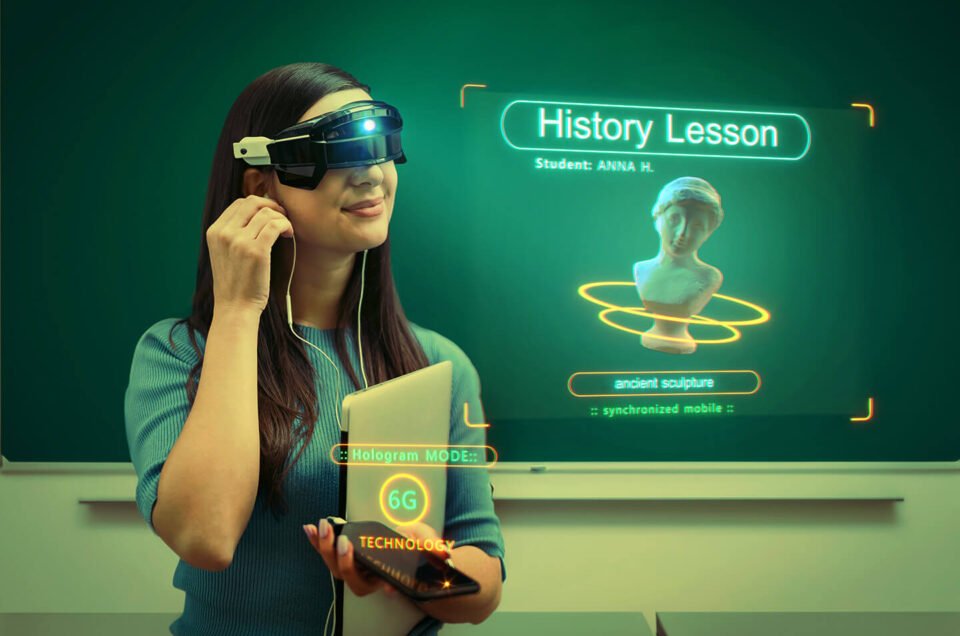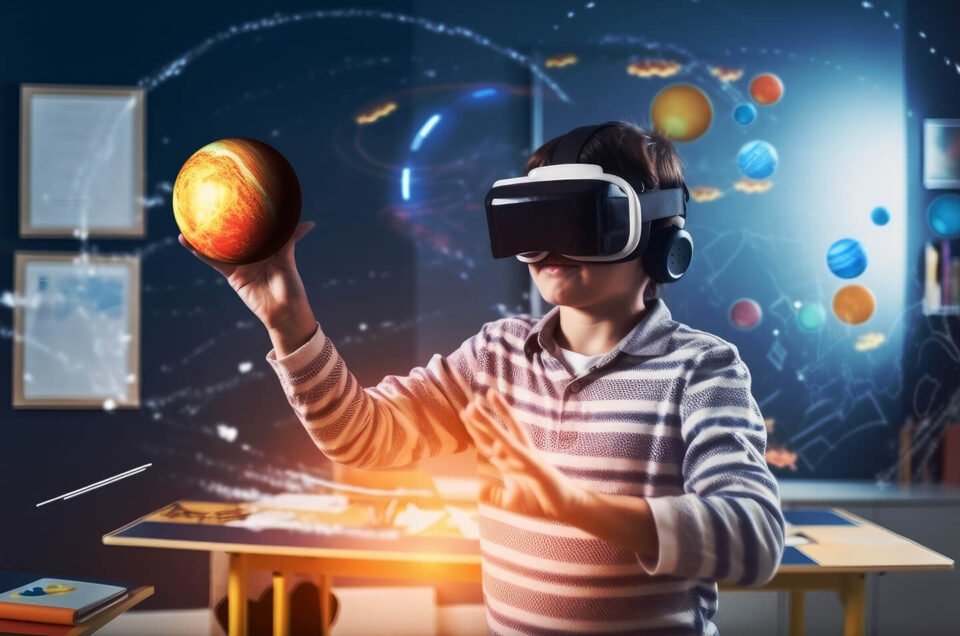Gamification in Education: Engaging Students through Tech
Introduction to Gamification in Education: Engaging Students through Tech
Gamification in education integrates game-like elements into the learning process, captivating students’ attention and fostering engagement through technological means. This technique transcends traditional teaching methods, offering a dynamic and interactive educational experience.
Importance of Gamification in Education
Engaging Students through Tech revolutionizes the learning landscape by leveraging technology to make lessons immersive and enjoyable. It cultivates intrinsic motivation, empowering students to actively participate and excel in their studies.
Understanding Gamification Techniques
Gamification employs various strategies, such as points, badges, leaderboards, and quests, mirroring gaming elements in educational contexts. These techniques drive motivation and stimulate learning by tapping into students’ natural inclination towards challenges and rewards.
Implementing Technology in the Classroom
Technology integration in classrooms through Gamification fosters a conducive environment for enhanced comprehension. Interactive whiteboards, educational gaming apps, and virtual simulations create an engaging atmosphere, promoting better knowledge retention.
Gamification Apps for Education
Utilizing specialized apps tailored for educational purposes infuses excitement into learning. Apps like Kahoot!, Classcraft, and Duolingo offer interactive quizzes, quests, and challenges, making learning more interactive and enjoyable.
Impact of Gamification on Student Engagement
Gamification’s influence on student engagement is profound. It nurtures active participation, collaborative learning, and critical thinking, contributing to improved academic performance and overall enthusiasm for learning.
Gamification Strategies for Different Subjects
The versatility of Gamification allows its application across diverse subjects. From mathematics to language arts, customizable strategies cater to each subject’s unique requirements, fostering a deeper understanding among students.
Gamification Challenges in Education
Despite its advantages, Gamification faces challenges such as initial implementation hurdles, technological constraints, and maintaining student interest over time. Addressing these challenges is crucial for sustained effectiveness.
The Role of Teachers in Gamified Learning
Teachers play a pivotal role in successful Gamification implementation. Their guidance, facilitation, and ability to align gaming elements with educational objectives significantly impact students’ learning experiences.
Evaluating Gamification’s Effectiveness
Continuous evaluation of Gamification’s impact on learning outcomes is essential. Assessment tools and feedback mechanisms help gauge effectiveness, enabling educators to refine strategies for optimal results.
Integrating Gamification and Learning Theories
Aligning Gamification techniques with established learning theories enhances its effectiveness. Integration with behaviorism, constructivism, and other pedagogical theories creates a holistic learning environment.
Case Studies Demonstrating Gamification Success
Real-life case studies exemplify Gamification’s success stories in diverse educational settings. These cases illustrate how Gamification positively influences student engagement and academic performance.
Ethical Considerations in Gamified Education
While leveraging Gamification, ethical considerations regarding data privacy, equity, and fairness in assessment must be addressed to ensure a secure and inclusive learning environment.
Future Trends in Gamification and Education
The future of Gamification in education promises further innovation. Advancements in augmented reality, adaptive learning, and AI integration hint at a more personalized and immersive educational experience.
Benefits of Using Gamification Tools
Gamification tools offer multifaceted benefits, including improved motivation, increased knowledge retention, enhanced problem-solving skills, and a positive shift in student attitudes towards learning.
Gamification’s Role in Enhancing Learning Outcomes
The integration of Gamification amplifies learning outcomes by promoting active engagement, collaboration, and critical thinking, thereby nurturing a deeper understanding of concepts.
Gamification vs. Traditional Learning Approaches
Contrasting Gamification with traditional learning approaches highlights its efficacy in engaging students, fostering creativity, and tailoring education to individual learning styles.
Gamification: Encouraging Collaborative Learning
The collaborative nature of Gamification cultivates teamwork, communication, and peer learning, fostering a sense of community within educational settings.
Addressing Diverse Learning Styles with Gamification
Customizable Gamification techniques cater to various learning styles, accommodating visual, auditory, kinesthetic, and other learning preferences for a more inclusive educational experience.
Gamification: Motivation and Student Empowerment
Gamification instills a sense of accomplishment and empowerment among students, motivating them to take charge of their learning journey and explore educational content with enthusiasm.
Personalization and Adaptability in Gamified Learning
Tailoring learning experiences through Gamification allows for personalized educational paths, catering to individual strengths, weaknesses, and pacing, fostering a deeper grasp of subjects.
Measuring Success in Gamified Education
The success of Gamified education can be measured through improved student performance, increased participation rates, enhanced critical thinking, and sustained interest in learning.
The Psychology Behind Gamified Learning
Understanding the psychological aspects behind Gamified learning, such as intrinsic motivation, dopamine release, and behavioral psychology, elucidates its effectiveness in driving engagement.
Ensuring Accessibility and Inclusivity in Gamification
Creating inclusive Gamification strategies involves ensuring accessibility for all students, regardless of diverse backgrounds, abilities, or learning preferences.
Adapting Gamification for Various Age Groups
Tailoring Gamification techniques to suit different age groups optimizes engagement, ensuring that the educational experience resonates effectively with students at different developmental stages.
Gamification in Higher Education
Extending beyond K-12 settings, Gamification holds potential in higher education, fostering innovation, critical thinking, and practical application of knowledge across diverse disciplines.
Gamification in Education: Engaging Students through Tech
Incorporating Gamification in education revolutionizes the learning landscape, making lessons interactive and captivating. Through technology-driven approaches, this methodology not only enhances engagement but also empowers students to embrace learning with enthusiasm and motivation.
FAQs
- How does Gamification benefit student learning?Gamification enhances student learning by fostering engagement, motivation, and active participation. Through game-like elements, it promotes deeper comprehension and enjoyment in the learning process.
- Are there any risks associated with implementing Gamification in education?While Gamification offers numerous benefits, potential risks include initial implementation challenges, maintaining sustained interest, and ethical considerations related to data privacy and equity.
- Can Gamification be effective across different subjects in education?Yes, Gamification is adaptable and effective across diverse subjects. Customizable strategies cater to specific subject requirements, making learning engaging and tailored to individual needs.
- What role do teachers play in Gamified learning environments?Teachers play a crucial role in guiding, facilitating, and aligning Gamification techniques with educational objectives. Their guidance ensures effective implementation and enhances the learning experience.
- How can Gamification support diverse learning styles?Gamification allows for personalized approaches that accommodate various learning styles, such as visual, auditory, kinesthetic, or read-write preferences, fostering inclusivity in education.
- What are the future trends anticipated in Gamification and education?Future trends in Gamification include advancements in augmented reality, AI integration, and adaptive learning, promising more personalized and immersive educational experiences.
Conclusion: The Future of Gamification in Education
Gamification in Education: Engaging Students through Tech marks a paradigm shift in the education landscape. As technology evolves, the integration of gamified elements promises a more dynamic, inclusive, and impactful learning experience for students across diverse educational settings.





